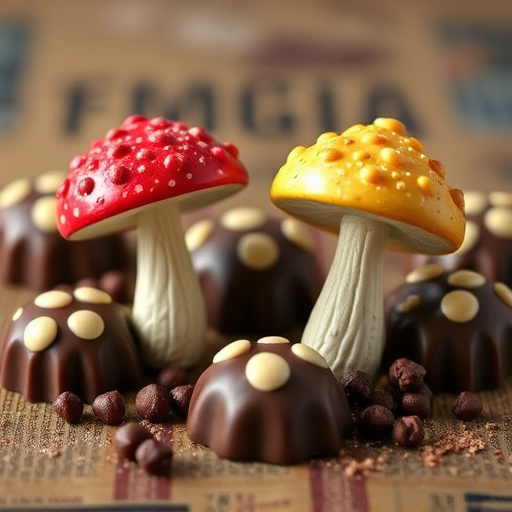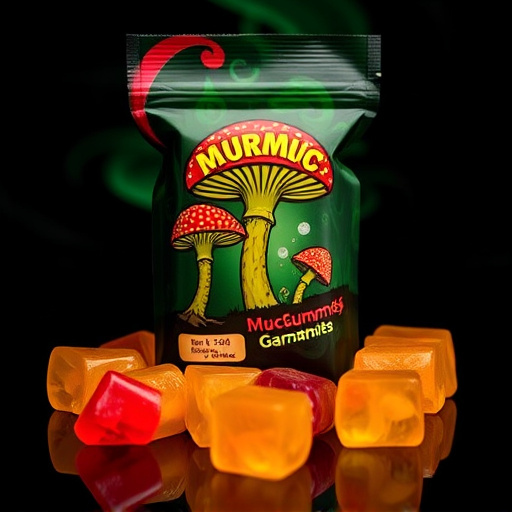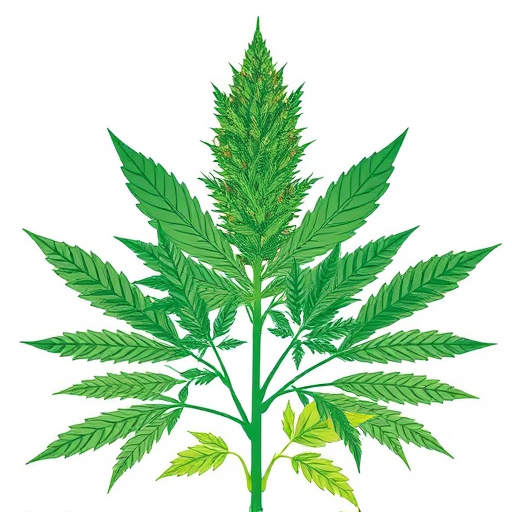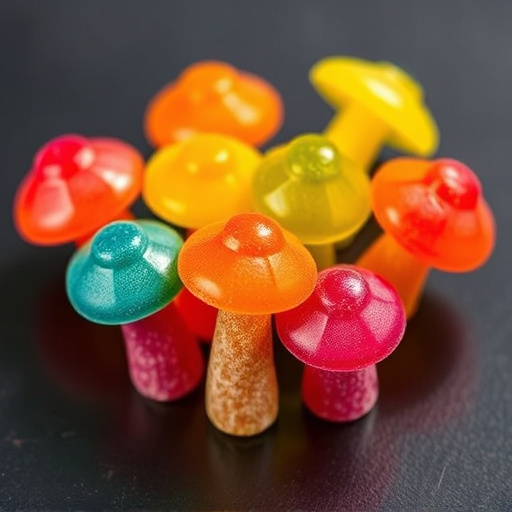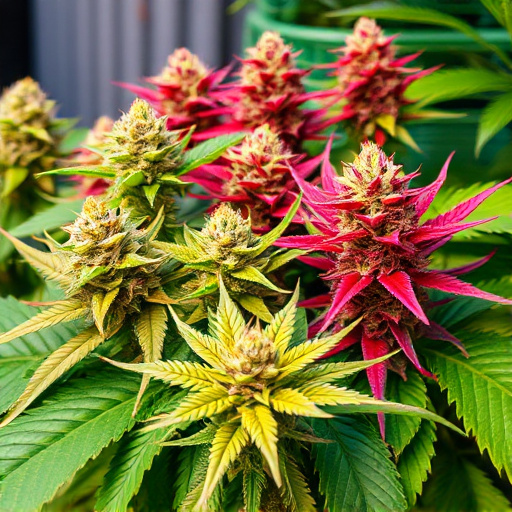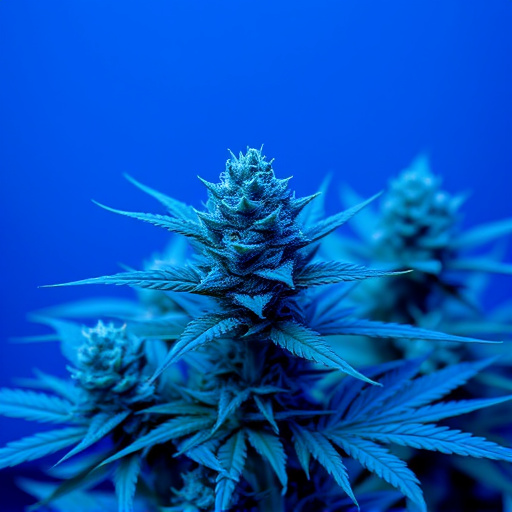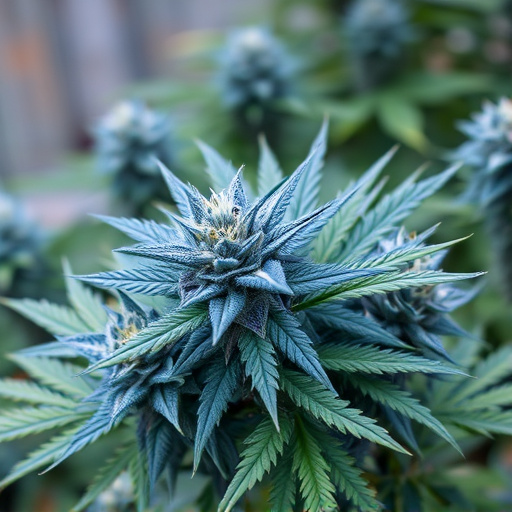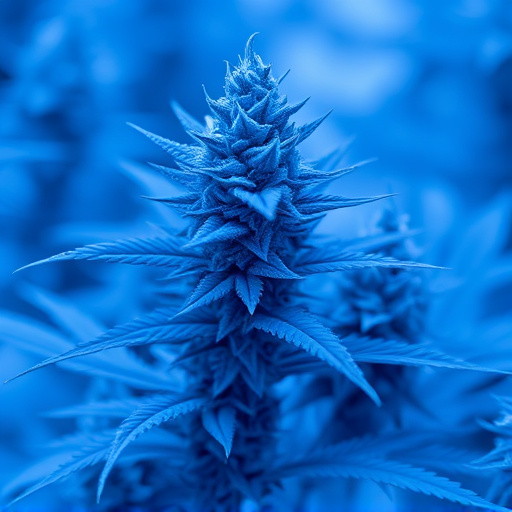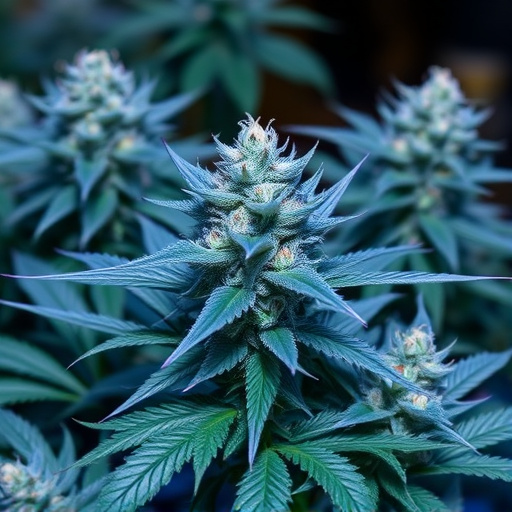Blue cannabis strains produce varied effects among individuals due to their unique chemical compositions. Metabolism rates dictate the intensity and duration of these experiences, with faster metabolizers feeling stronger highs for shorter times, and slower ones experiencing milder, longer-lasting effects. Tolerance levels also impact reactions, as regular users need higher doses. The diverse cannabinoid and terpene profiles in these blue strains contribute to the highly personal nature of cannabis consumption.
Discover why cannabis affects everyone uniquely. Despite popular belief, pot isn’t a one-size-fits-all experience. The way it impacts you depends on a complex interplay of science and personal factors. From your body’s metabolism and tolerance to the specific characteristics of your chosen strain, these elements shape your reaction. In this article, we explore the fascinating science behind cannabis, delving into individual differences and the intriguing world of blue cannabis strains known for their distinct effects.
- The Science Behind Cannabis and Its Effects on the Body
- Individual Differences in Metabolism and Tolerance
- The Role of Strain Specifics: Blue Cannabis Varieties Explained
The Science Behind Cannabis and Its Effects on the Body

Cannabis, or marijuana, has been a subject of interest for scientists due to its complex interaction with the human body. The plant contains over 100 chemical compounds known as cannabinoids, with tetrahydrocannabinol (THC) and cannabidiol (CBD) being the most well-known. THC is responsible for the majority of the psychoactive effects associated with marijuana use, inducing feelings of euphoria and relaxation. On the other hand, CBD does not produce any intoxicating effects but has gained popularity for its potential therapeutic benefits, including pain relief and anxiety reduction.
The way cannabis affects individuals can vary greatly due to several factors. One key element is genetics; people have different endocannabinoid systems, which are responsible for regulating various physiological processes. This system binds with cannabinoids in the body, determining how one might respond to blue cannabis strains or any other variety. Additionally, individual tolerances and previous experiences play a role, making each person’s journey with marijuana unique. For instance, some may be more sensitive to THC, leading to stronger effects, while others might have a higher tolerance, requiring more substantial doses to achieve the desired outcome.
Individual Differences in Metabolism and Tolerance
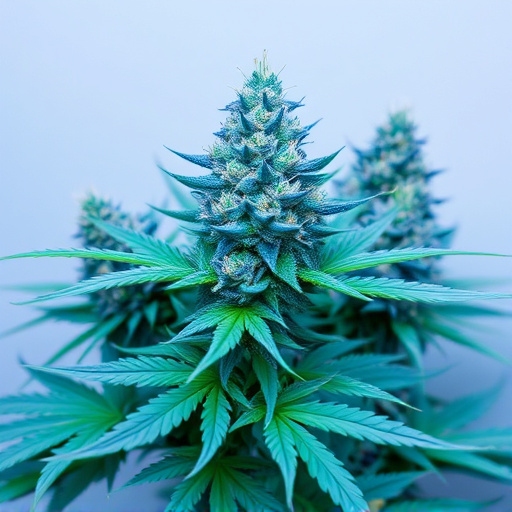
Every individual has a unique chemical makeup, which means that how their bodies process and react to substances like cannabis can vary greatly. This is especially true for blue cannabis strains, known for their diverse effects and potent compounds. The metabolism of cannabis—how quickly and efficiently your body breaks down its active ingredients—plays a significant role in determining the intensity and duration of its effects. Some people have faster metabolisms, leading to quicker clearance of cannabinoids from the system, resulting in shorter-lived but potentially stronger experiences. In contrast, slower metabolizers may experience milder highs that last longer due to the prolonged presence of these compounds in their bloodstream.
Additionally, tolerance levels contribute to these individual differences. Regular cannabis users often develop a higher tolerance, meaning they require larger doses to achieve the same effects as when they first started. This can lead to varied experiences, especially with blue strains, which are renowned for their wide range of cannabinoid profiles and potencies. The specific mix of terpenes and cannabinoids in each strain interacts with our bodies differently, further emphasizing the unique and personal nature of cannabis consumption.
The Role of Strain Specifics: Blue Cannabis Varieties Explained
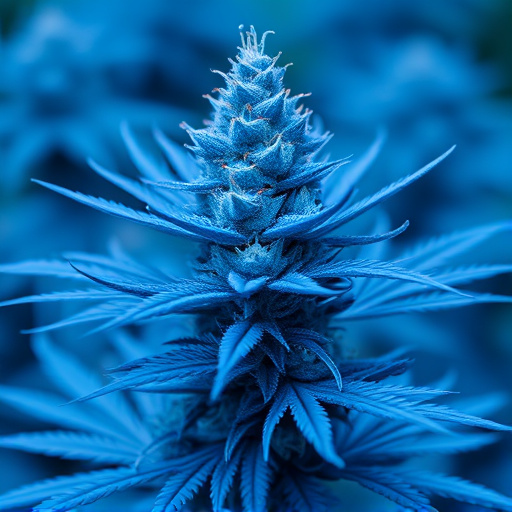
Blue cannabis varieties, often associated with a range of unique effects, play a pivotal role in how individuals perceive and experience weed. These strains are known for their distinct visual characteristics, featuring buds that can appear blue or purple due to high levels of anthocyanin pigments. Beyond aesthetics, specific chemical compounds within these blue strains contribute to varied user experiences. Cannabinoids like THC (tetrahydrocannabinol) and CBD (cannabidiol), present in different ratios across varieties, influence mood, cognition, relaxation, and pain perception differently in each person.
The impact of blue cannabis strains is further influenced by individual tolerance levels, metabolism, and personal preferences. For instance, a high THC content might induce euphoria and heightened sensory perception in some users while causing anxiety or paranoia in others. Conversely, CBD-rich strains are renowned for their potential therapeutic benefits, offering calmness without the mind-altering effects of THC. Thus, exploring blue cannabis varieties allows users to tailor their experience based on desired outcomes, making each interaction with these unique strains a personalized journey.
Cannabis’s impact on individuals can vary greatly, depending on a complex interplay of factors. Understanding the science behind how our bodies process cannabis, along with individual differences in metabolism and tolerance, is key. The specific characteristics of blue cannabis strains further contribute to these variations, offering unique experiences based on their distinctive properties. By recognizing these factors, users can make more informed decisions about which strains best suit their needs and preferences.
